Interview by Alexandra Parrish
Works in progress –
My most recent work has been an investigation of the space, perception, and mechanics of photography, and the tension that arises from reorganizing these elements. I am drawn to the elusive and uncanny qualities of photography, and its ability to take on multiple meanings, despite my intentions. Exploring the language of photographic representation, I employ a practice of constructing spaces and forms to be photographed with a large-format camera, I approach each image in itself as an experiment to re-interpret and give new meaning to the objects or images that make up the photo. I aim to reveal some of the artifice used in the production of image-based media, while challenging the viewer’s experience of dimension, flatness, color, and light.

Alex Parrish: What got you into photography?
Anthony Smith: I think the first time I saw photography as really something I wanted to get into was seeing ‘Mothlight’ by Stan Brackhage in college. I had a professor, Jim Herbert, who studied under him and had an actual 16mm print of the film. I thought at the time I’d be a graphic designer or something. Anyways, he actually glues down individual moth wings down to the film reel. It was better than anything I’d ever seen before. We were making these super 8 films and I couldn’t really get into the idea of the narrative or duration of film, but I loved the immediacy of the light through the film and the illusion of it all.
Your past work has an invariable element of urban southern gothic. Are you from the South?
Haha, well I moved to the South from the Midwest when I was young, to a small town outside of Atlanta during the whole suburban boom of the 90’s. It was a total culture shock for me. I was from an all Catholic family, I had never seen a mega church or anything like that, so yeah I could really relate to authors like Flannery O’Connor in a lot of ways.
Your work in progress takes a liberal move towards the conceptual. What inspired your new work?
I think the new work grew out of the old work in a way. While I was working on the images for In Dog Years I was renting this cheap old shotgun house in Cabbagetown and I collected these found photos from the crawl space, of all the previous kids who had rented the house before us, and began to mix them in with my own work. I liked the idea of creating my own mythology about the young people who lived there before and how I could relate that to the pictures I was making. At the same time, I was working at a print shop that does commercial art and photography for hotels and restaurants. So I might print a thousand prints of a painting one day, or Photoshop the color in something to match the carpet in a room, and so much of it becomes trivial and overwhelming. Seeing so much of it everyday started to influence how I thought about art-making and sort of the little codes that exist within how we look at things, and the utility of it all, and I guess the narrative in my work started to slip away.
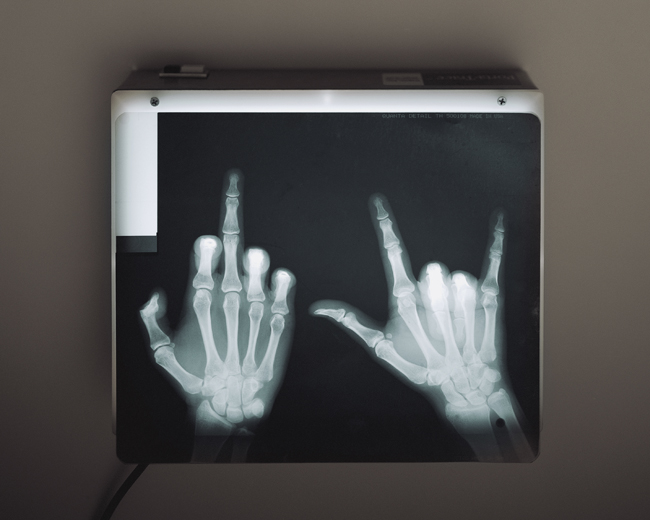
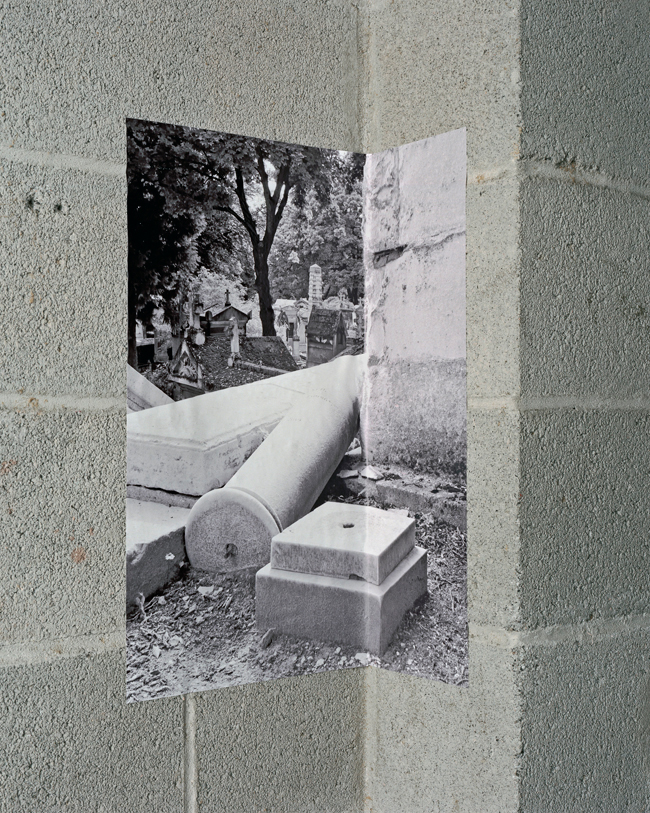
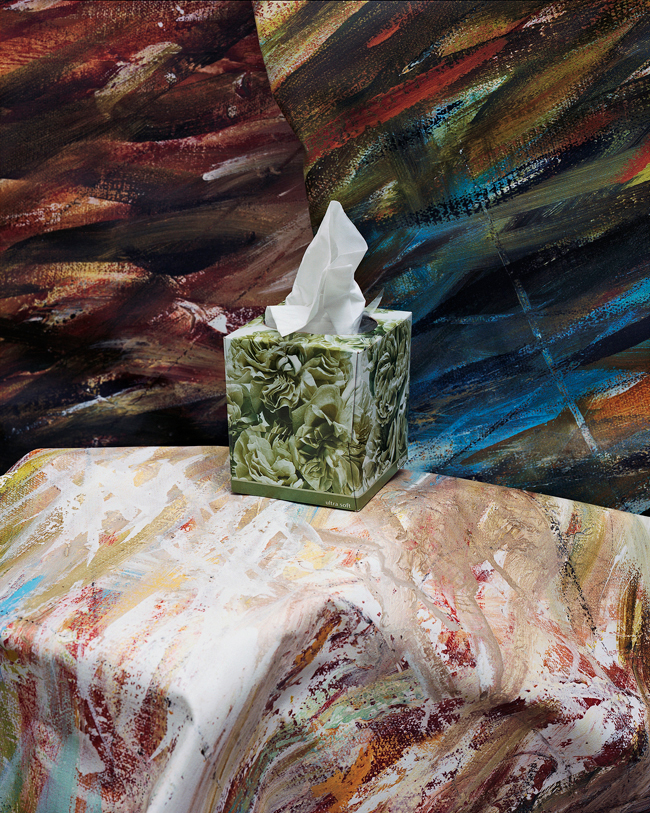

How do you create each image?
I’m usually inspired by something I’ve found, that I want to see photographed, or I’ll see the same type of photo enough times that I want to try to re-interpret it in my own way. Like the image of the cemetery attached to the concrete wall, I had been seeing tons of black and white architectural pictures everywhere, really stark and serious you know. So I found a travel photo I had taken at Pere Lachaise cemetery last year and printed it out on adhesive vinyl and attached it to a cinder block wall. To me it takes the seriousness and beauty of the image away, I mean you know its a flat picture now, and its attached to the absolute least decorative of architectural materials.
Your work in progress seems to combine object, color, lighting and composition in an effort to create a jarring context. Are those your intentions?
Yeah, you know I see ads now everywhere I go, and sometimes its so painful to look at them because the context is so obvious, even though they try to hide it from you. I’m more inclined to hope my photographs are like a picture from a Craigslist ad where someone’s trying to sell an old filing cabinet or something, I mean both images are getting at the same thing, they want to sell you something but one is less deceptive.
Several images within your work in progress, specifically “Paper Pile Up,” have a three dimensional quality. How do you achieve this effect?
For that image I piled up sheets of paper up the back of a seamless backdrop, I wanted to kind of reveal it in the picture. Usually you know the seamless is hidden, to draw your attention to whatever the subject is. Then, I dissect the image into separate CMYK ‘plates’ and print each plate individually and flip them and mix them up until I get something interesting.
When will these works in progress find completion? Do you anticipate creating a large body of work out of it?
I hope so, for now it’s fun to be playing and experimenting, maybe one day I’ll feel like everything is cohesive enough to make a little zine or something.
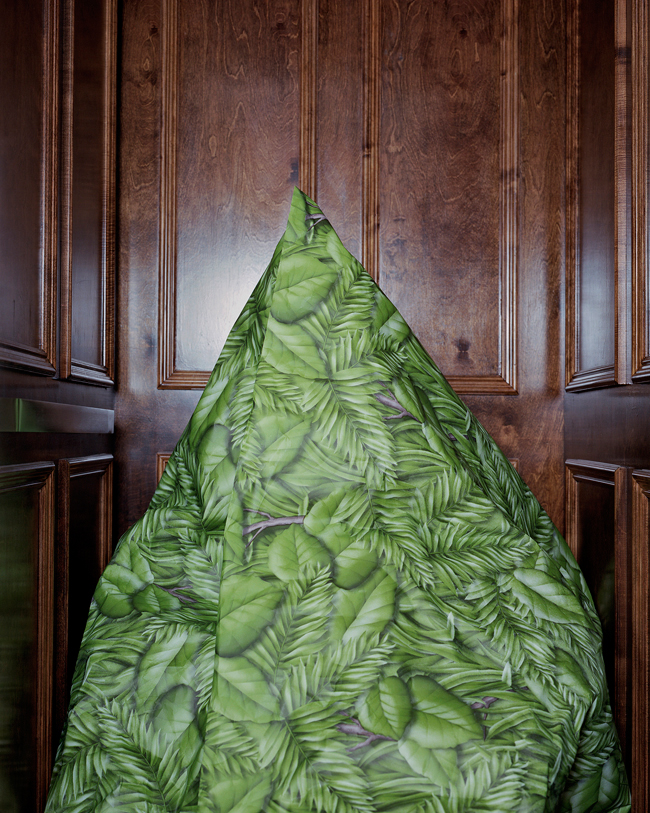
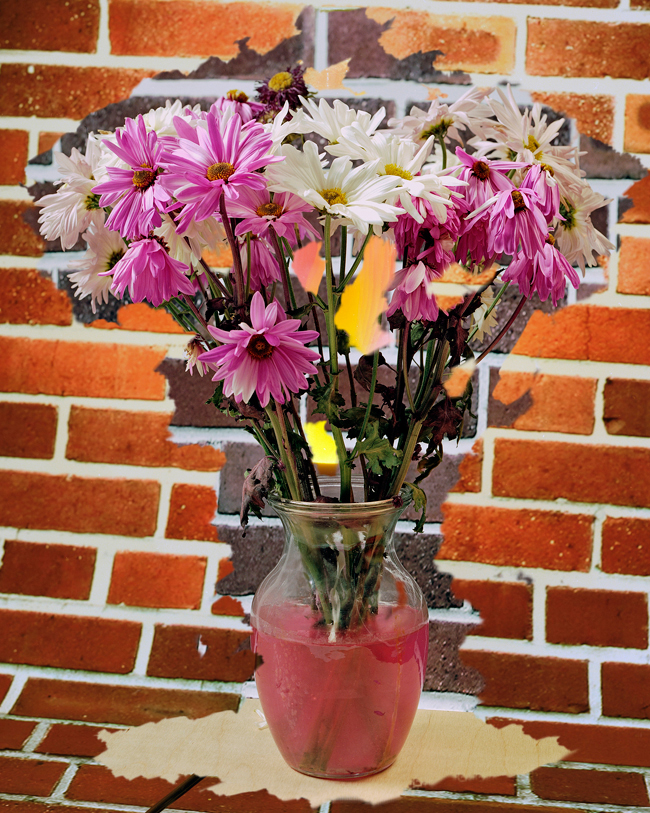
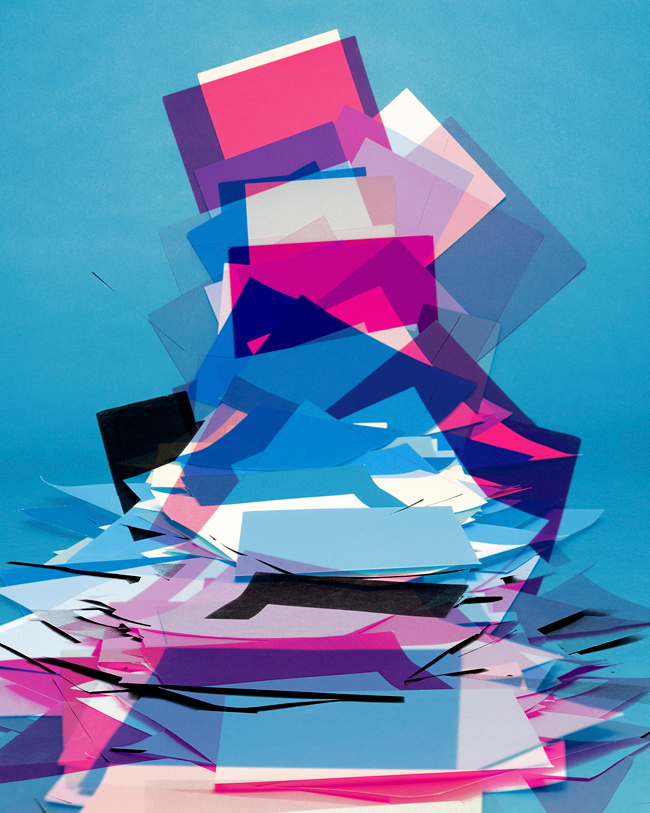
What would you cite as a major influence in your work as a whole?
I’m really influenced by films and movies right now, I have really been into ‘TV Carnage’ and ‘Everything is Terrible’. These guys take clips from all sorts of weird and ordinary places and edit them together in a mind numbing way, but its really smart and funny. The last one I saw was a remake of ‘The Holy Mountain’ with all appropriated footage of dogs.
You recently gave a lecture at Auburn University. Could you tell us more about what you discussed?
I actually am giving this talk later this week, I have a show there with the work from In Dog Years up, so I’ll talk mostly about that. It should be really exciting, I really want to see how people react to the exhibit. (Gallery Talk January 24//link for more information)
What do you think you’ll do next?
Well I’m hoping to go to grad school next fall, I just finished up all my applications, so keep your fingers crossed for me!

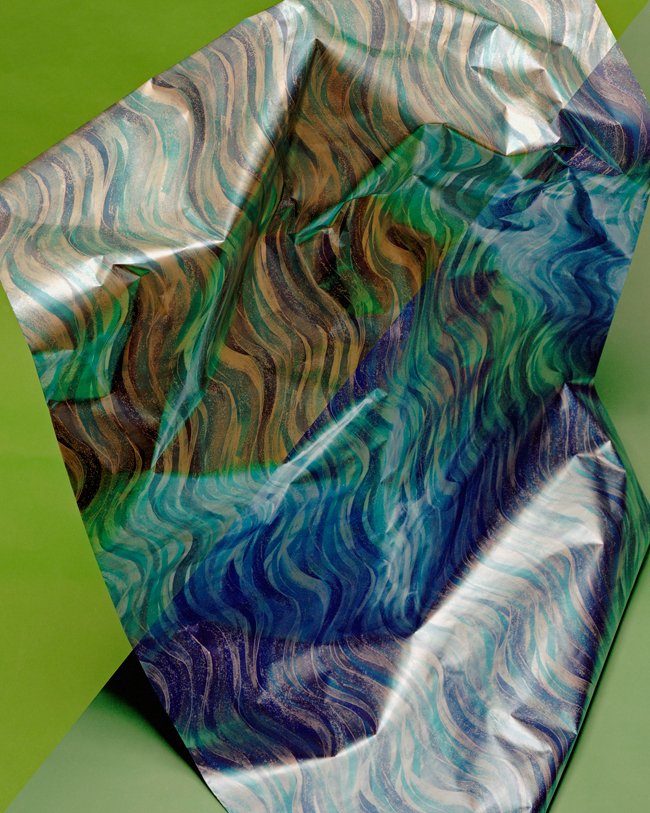
Anthony Smith is a photographer living and working in Atlanta, GA. He holds a BFA from the
University of Georgia. His work can currently be seen at Eponymy gallery in Brooklyn and
Auburn University at Montgomery.
Alexandra Parrish lives and works in Atlanta, GA. She is involved in the Atlanta arts and music scene, but she is most proud of her pizza vixen status. Her writing has been published in Brooklyn Street Art and featured in Huffington Post.